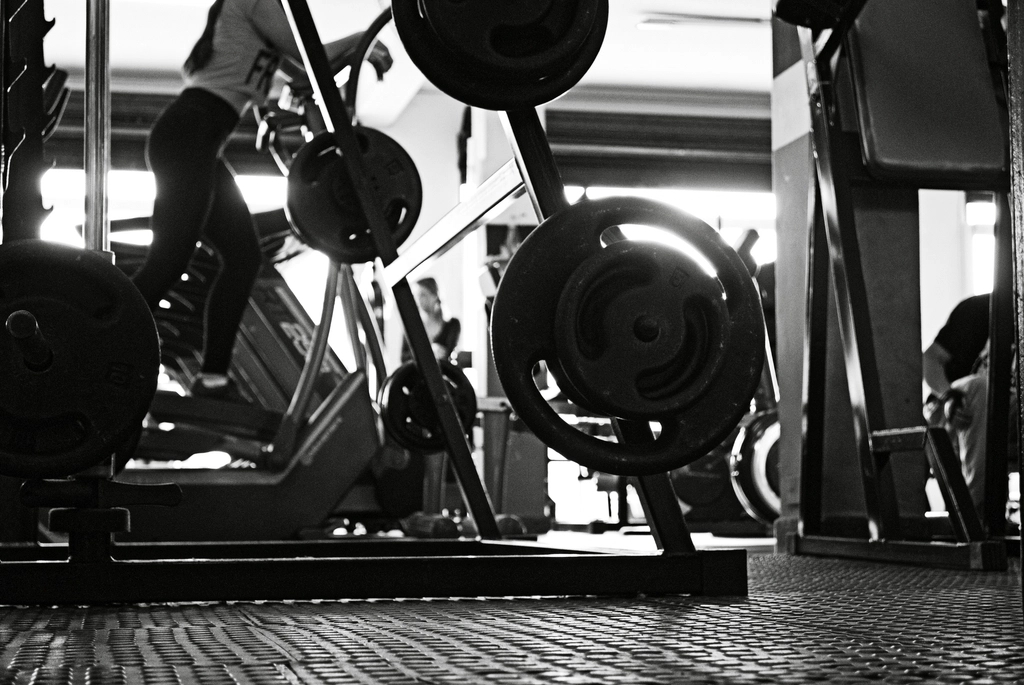On Training Residuals
Strength coaches love to break out the “Residual Training Effects” chart (mostly to explain why you don’t actually need to do cardio/conditioning – save that for another article…). I do understand the general premise of the chart (hell, I’ve referenced it myself). However, I think coaches get way too fixated on the specific numbers. “Oh, 30 days +/- 5 before you lose this adaptation”. I personally find this so strange (especially on a large scale).
I do like the general concepts of certain adaptations taking longer to lose than others (more on that below). I think it’s wise to sprint more frequently than less frequently, and that strength and aerobic capacity will stick around longer than what your sprinting or jumping will (obviously). At the time of this writing, I just hate the idea of applying this concept to a whole team. In a general sense a team has a number of different positions that require different skillsets, but even within those positions you have different body types and player profiles. Some relief pitchers are big right-handers who throw max effort 100 MPH in one-inning stints, some are lefty innings-eaters, and some throw submarine. Within the context of any given team’s bullpen you are sure to find a number of different player profiles (and that’s only the bullpen – it doesn’t even cover the starters, infielders, outfielders, catchers, utility players, etc.). How does it make sense to apply the same training residuals to each one of those guys? I understand the “+/-“ aspect, but what if their windows are much bigger or smaller. I’ll give you two examples of my own.
When I had my first medical event in November, I wasn’t allowed to lift weights or get my heart rate up. If you know me you know that’s impossible for me. So I would sneak “workouts” in with 10 lb. dumbbells or ride the bike for 20-30 minutes at a ridiculously slow pace. I did this for basically four months until I got clearance to lift. Also if you know me you know that I went full-go my first day back. I loaded the bar up and attempted a 500 lb. deadlift my first day back (I missed it at the top simply because I pulled it double-overhand and didn’t have the hand strength to hang on to it. The overall strength was there though without question). I went four months without lifting anything more than 10 lb. dumbbells and my first day back I essentially deadlifted 500 lbs. (my lifetime best is 575 at 228 lbs. and at this time I was basically at 208 lbs. Do with that information what you will). At this point in my life I had been strength training for a good 15 years and had really built my strength up to a “maintainable” level that I’d consider to be quite good for the average person. Therefore, I don’t consider my “Strength Training Residual” window to be “30 +/- 5 days”. Yes, I understand percentages, relative strength, absolute strength, etc. I understand I could “be better”. But a 500 lb. deadlift is still pretty strong, no matter who you are.
I also started running with my wife recently. I was a hockey player and have always considered myself someone with a really good motor. As a kid I would run the track or skate for hours or rollerblade everywhere. I had actually gotten away from distance running for quite a while (as most strength coaches do because it “kills your gains”), but I really enjoy being well-rounded and honestly used to enjoy running. So, like I said, I started running with my wife. One day we went for a two-mile run. Obviously this isn’t that long (and our pace wasn’t very good), but I did it with ease. I can say it had been EASILY 5 or more years since I had run two miles. I truly believe that I had built up such a good engine over 13 years of hockey that I can go do distance work without much issue even after taking years off. Again, GENERALLY SPEAKING, my “Aerobic Capacity Residual” window is probably much greater than “30 +/- 5 days” – if I was an elite-level athlete I would probably care more…but strength coaches treat too many people like they are elite when they simply are not.
On the flip side is jumping and sprinting. Because I had not been allowed to do anything “high-intensity” during that four-month window, I felt GLUED to the floor when I first started adding jumping and sprinting back in. I felt so unathletic and slow. This, for me, was an area I could put a lot of focus in to because I knew my strength and conditioning would be there.
To me, this is the real key with using residuals – understanding a person’s training history, understanding what is “good enough” (for example deadlifting 500 lbs. is probably “good enough” in terms of strength for most people), and targeting the areas that the athlete/client lacks in the most (again we are talking MOST athletes/clients that MOST strength and conditioning coaches will work with). Make the majority of your training what they lack, stay on top of the sprinting/jumping/athletic components, and touch on what they are good at every once in a while. Unless you are working with the elite of the elite, I’m just not convinced you need the specific time frames listed on the chart (especially when trying to apply it to a large group of athletes on one team).


Leave a comment